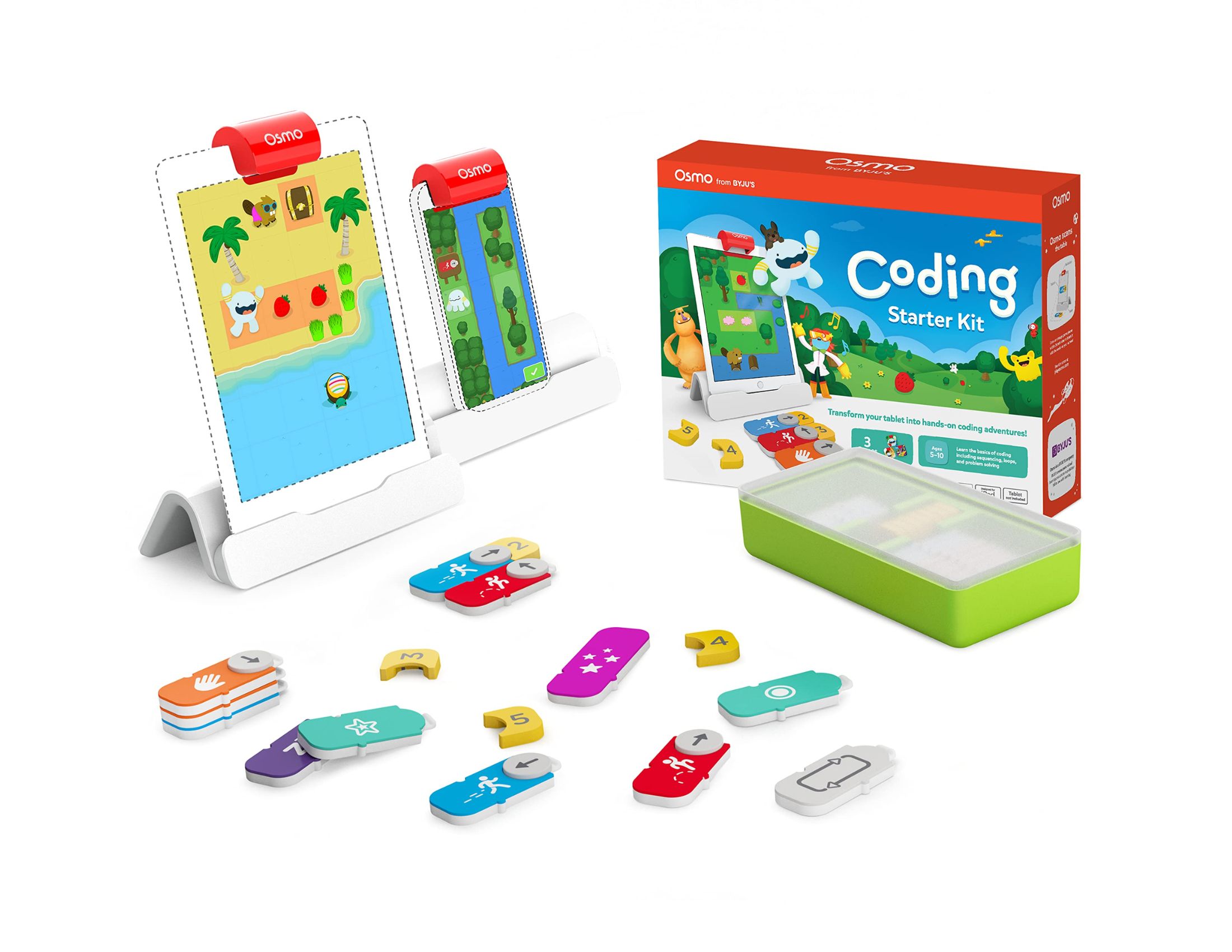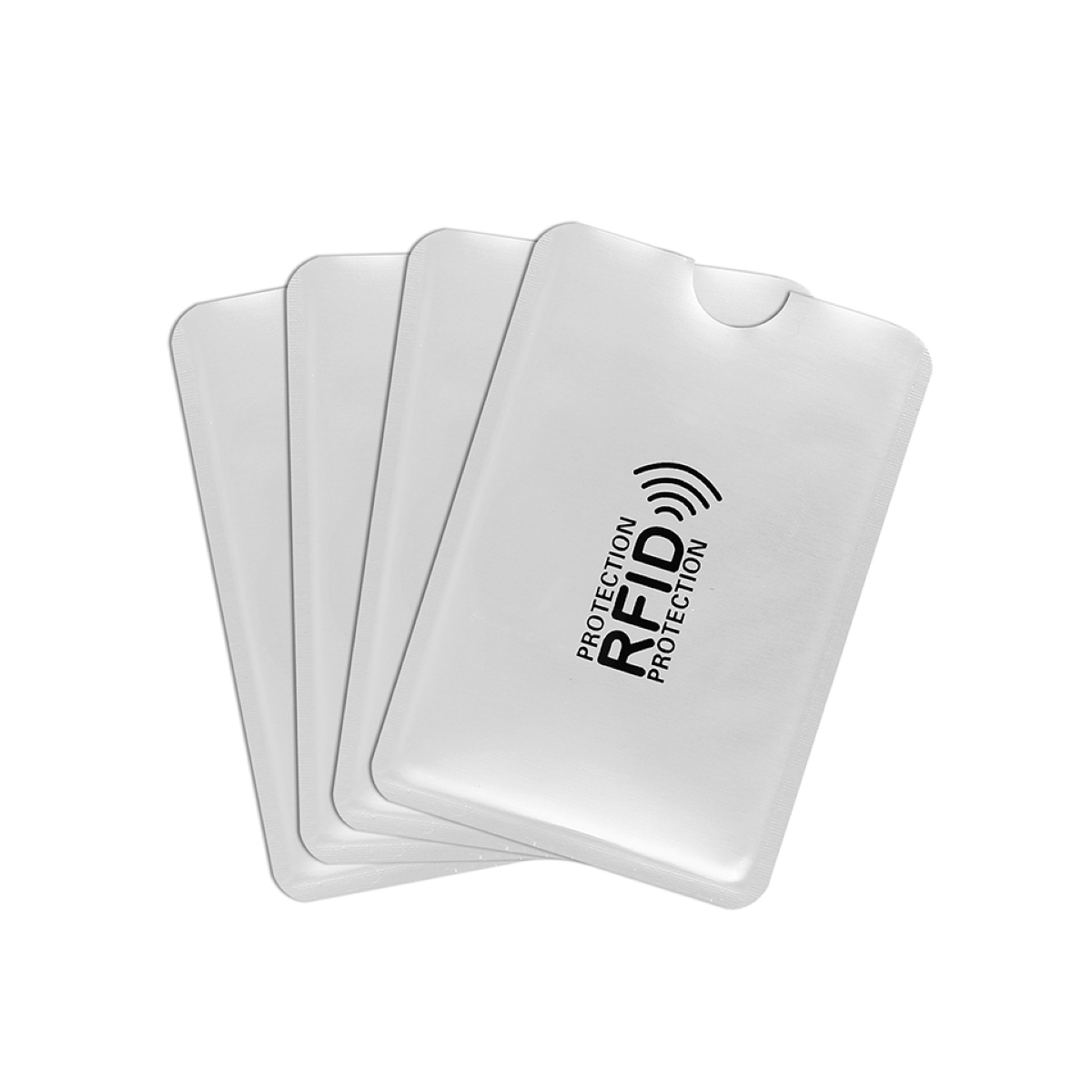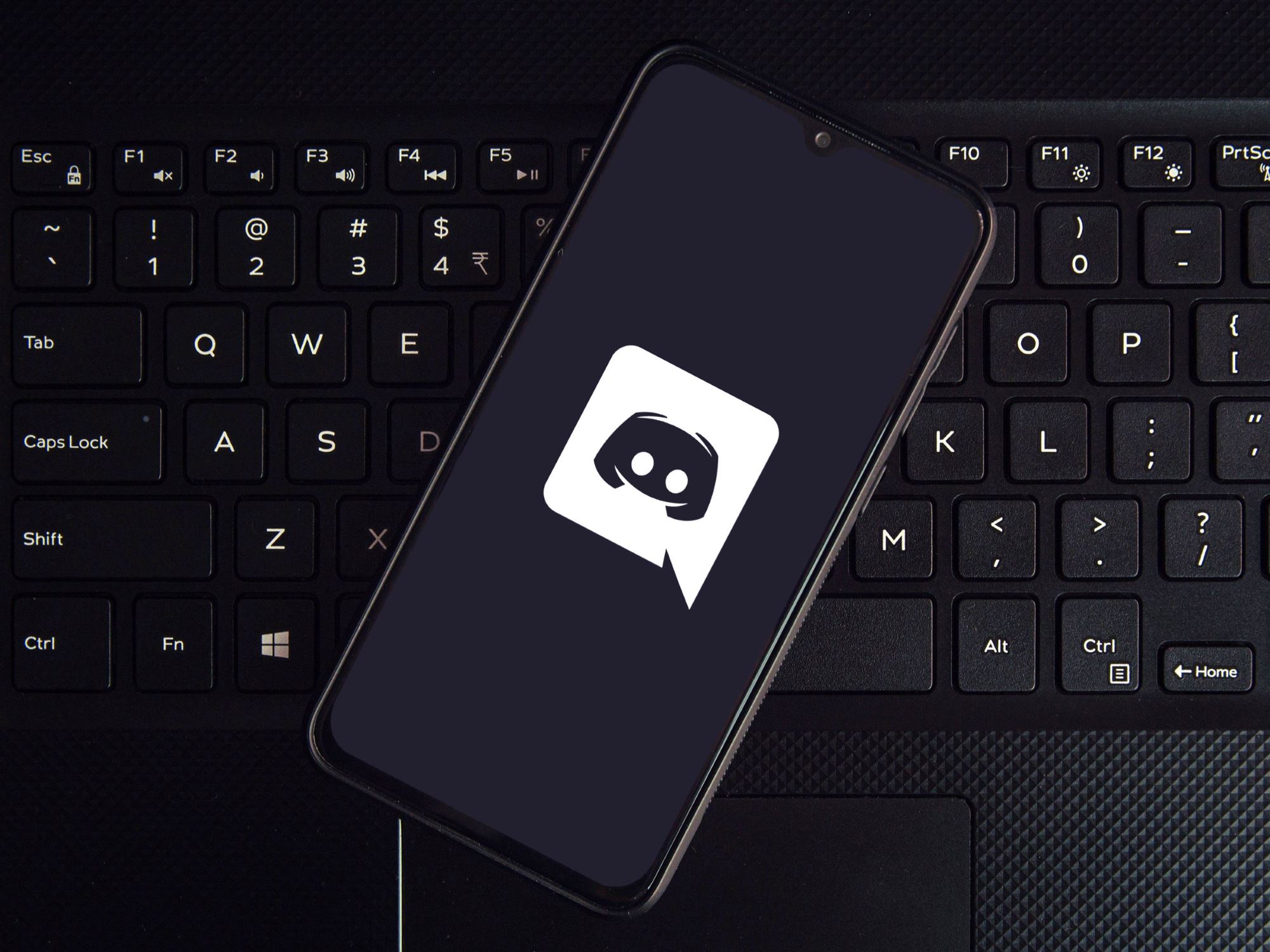Introduction
Block coding is a fundamental concept in computer programming and software development that plays a crucial role in streamlining and organizing code. It is a method where a program is divided into discrete blocks or sections, each performing a specific task or function. These blocks are then arranged and interconnected to create a functioning program. Block coding simplifies the coding process by breaking down complex tasks into manageable components, enabling developers to write code more efficiently.
At its core, block coding aims to promote modularity and reusability. It allows developers to focus on individual code blocks, ensuring that each one performs a specific task and is easily understandable. By dividing a program into smaller, manageable blocks, it becomes easier to identify and fix bugs or make modifications without affecting other parts of the codebase.
Block coding is embraced by software developers of all levels, from beginners to seasoned professionals. Its visual nature and intuitive interface make it an ideal choice for individuals new to programming. Rather than memorizing complex syntax or struggling with intricate coding structures, block coding simplifies the learning curve, allowing users to drag and drop pre-defined blocks into place to create programs.
Another benefit of block coding is its versatility. It can be applied to a wide range of programming languages, including popular choices like Python, JavaScript, and Scratch. This flexibility empowers developers to work on a variety of projects, ranging from mobile app development to web development and even robotics.
In the following sections, we will explore how block coding works, its advantages and disadvantages, as well as its applications in different industries. We will also highlight some of the most popular block coding languages in use today, providing you with a comprehensive understanding of this essential programming concept.
Definition of Block Coding
Block coding, also known as visual programming, is a method of writing code that uses pre-built blocks or components to create a program. Each block represents a specific function or command, and they can be easily dragged and dropped onto a workspace, where they can be arranged and interconnected to form a complete program.
The blocks in block coding are designed to be visually intuitive, often with distinct shapes, colors, and labels that represent different programming concepts. These blocks can range from simple actions like “print” or “if/else” statements to more complex operations such as loops, function calls, and event handlers. By utilizing these pre-defined blocks, developers can build programs without having to write code from scratch.
One key feature of block coding is that it simplifies the coding process, especially for beginners or individuals without a strong programming background. Instead of grappling with complex syntax and intricate code structures, block coding allows users to focus on the logical flow of the program. This makes it easier to understand and visualize how different components interact with each other.
Block coding is widely used in educational settings to teach programming concepts to students of all ages. It provides a hands-on and interactive learning experience, allowing beginners to grasp fundamental coding principles without getting overwhelmed. Additionally, block coding platforms often include interactive tutorials, puzzles, and challenges that gamify the learning process, making it fun and engaging.
Furthermore, block coding promotes modularity and reusability. Since each block represents a specific function, it becomes easier to debug and maintain code. If there is an error in a particular block, it can be isolated and fixed without affecting the rest of the program. Additionally, these blocks can be reused in different projects, saving developers time and effort.
In summary, block coding is a visual programming approach that utilizes pre-defined blocks to create programs. It simplifies the coding process, making it accessible to beginners, while promoting modularity and reusability. By leveraging the power of block coding, developers can build complex programs efficiently and with a reduced learning curve.
How Block Coding Works
Block coding follows a simple and intuitive process that allows developers to create programs by arranging and connecting pre-built blocks. Let’s explore the step-by-step process of how block coding works:
- Select the programming platform: The first step is to choose a block coding platform or software. There are various options available, such as Scratch, Blockly, and App Inventor, each with its own unique features and target audience.
- Understand the available blocks: Familiarize yourself with the different blocks provided by the platform. Blocks can range from basic commands like “movement” and “sounds” to more advanced concepts like “loops” and “variables”. Each block represents a specific action or function that can be incorporated into your program.
- Drag and drop: Begin by dragging and dropping the desired blocks onto the coding workspace. Arrange the blocks in the desired order to form the logical flow of your program.
- Connect the blocks: Connect the blocks by snapping them together. Most block coding platforms use interlocking connectors or puzzle-piece style connections to ensure that the blocks fit together properly. This connection represents the flow of information or control between different blocks.
- Customize the blocks: Modify the blocks and their parameters to fit your specific requirements. Many blocks have adjustable parameters that can be set to control the behavior of the program. This allows for customization and flexibility in creating unique programs.
- Test and debug: Once the program is fully assembled, test it to ensure it functions as intended. Block coding platforms often provide built-in simulators or emulators to test the program’s behavior. If any issues or errors arise, use debugging tools provided by the platform to identify and fix the problem.
- Run the program: Finally, run the program to see the results. Depending on the block coding platform, the program can be executed within the development environment or exported to run on other devices or platforms.
Overall, block coding simplifies the process of creating programs by breaking it down into manageable blocks. The visual nature of block coding allows developers to focus on the logical flow of the program, connecting the blocks together to achieve the desired functionality. By following these steps, anyone can create a program using block coding, regardless of their coding expertise or experience level.
Advantages of Block Coding
Block coding offers several advantages, making it a popular choice for programming, especially among beginners and learners. Let’s explore some of the key advantages of block coding:
- Accessibility and ease of use: Block coding is designed to be accessible and user-friendly, particularly for individuals with little to no programming experience. The visual drag-and-drop interface eliminates the need for typing complex syntax, making it easier to learn and understand the basics of coding.
- Enhances learning and engagement: Block coding platforms often feature interactive elements, tutorials, and puzzles that gamify the process of learning to code. This approach fosters engagement, keeping learners motivated and excited about programming.
- Promotes logical thinking: By breaking down programs into visually connected blocks, block coding helps users develop logical thinking and problem-solving skills. It encourages a structured approach to programming, enabling users to analyze and understand the flow of information within their programs.
- Modularity and reusability: Block coding promotes modular programming, allowing for the development of reusable code blocks. Once a block or set of blocks has been created, it can be saved and reused in different projects, saving time and effort in future coding tasks.
- Easier debugging and maintenance: Since each block represents a specific function, it is easier to isolate and debug errors within a program. Developers can identify and rectify issues in individual blocks without affecting the overall program. This makes troubleshooting and maintenance more efficient.
- Rapid prototyping: Block coding enables quick prototyping and iteration. With its visual nature, developers can rapidly assemble and test different program flows. This allows for faster iteration and evaluation of ideas, facilitating the development process.
- Access to complex concepts: Block coding offers a simplified way to work with complex programming concepts. It allows beginners to comprehend and utilize concepts like loops, conditionals, and variables without the need for extensive coding knowledge. This bridges the gap between entry-level programming and more advanced coding concepts.
These advantages make block coding an ideal choice for educational settings, as well as for individuals who are new to coding or want to quickly prototype and develop programs without the steep learning curve typically associated with traditional text-based coding.
Disadvantages of Block Coding
While block coding offers many benefits, it is not without its limitations. Here are some of the disadvantages to consider:
- Limited flexibility: Block coding platforms often provide a predefined set of blocks and functionalities. This can restrict developers who require more advanced or specialized programming techniques that are not readily available in block form. Customization options may be limited, as block coding focuses on simplicity and ease of use.
- Reduced control: Advanced programmers may find block coding to be too restrictive. The visual interface may not provide the level of control and precision they require for complex projects. Fine-tuning specific code behavior or optimizing performance may be challenging or not possible within the confines of block coding.
- Difficulty with complex algorithms: Block coding is best suited for simpler programs or projects with basic logic. When it comes to implementing complex algorithms or mathematical computations, the graphical representation of block coding may not be as intuitive or efficient as traditional text-based coding.
- Learning curve for transitioning to text-based coding: While block coding is an excellent entry point for beginners, transitioning to traditional text-based coding can be challenging. The visual aspect of block coding may create a reliance on the graphical interface, making it harder to adapt to the syntax and structure of text-based programming languages.
- Limited interoperability: Block coding platforms are often specific to certain programming languages or frameworks. This can create limitations when integrating code written in block form with other existing codebases or when transitioning between different programming environments.
- Code scalability: Block coding may not be the most efficient option for large-scale projects. The blocks themselves can become unwieldy, making it difficult to manage and navigate within the workspace. Additionally, as the program complexifies, the visual representation of interconnections between blocks can become cluttered and harder to read.
Despite these disadvantages, block coding remains an invaluable tool for beginners and individuals learning the basics of programming. It is essential to recognize its limitations and explore other programming approaches as skills progress and more advanced projects are pursued.
Applications of Block Coding
Block coding has a wide range of applications across various industries and domains. Let’s explore some of the key applications where block coding is commonly used:
- Educational settings: Block coding is widely utilized in educational institutions to teach programming concepts to students of all ages. Its visual nature and interactive tutorials make it an effective tool for introducing coding to beginners and promoting computational thinking skills.
- Game development: Many game development platforms, such as Scratch and Unity, offer block coding interfaces. These platforms allow aspiring game developers to create interactive games by visually assembling and coding game mechanics, characters, and behaviors.
- Mobile app development: Block coding is often employed in mobile app development platforms like MIT App Inventor and Thunkable. These platforms provide a visual environment for creating mobile apps without the need for extensive coding knowledge, allowing users to drag and drop blocks to define app behavior.
- Robotics and IoT: Block coding offers a beginner-friendly approach to programming robotic systems and Internet of Things (IoT) devices. Platforms like Arduino and LEGO Mindstorms leverage block coding to enable users to control and program their robots or IoT prototypes.
- Data visualization: Block coding platforms like Google’s Data Studio and Tableau offer visual coding interfaces for creating interactive data visualizations. Users can arrange and connect blocks to transform data into meaningful graphics, charts, and dashboards.
- Web development: Block coding interfaces like WordPress enable users to create websites without manual coding by using drag-and-drop functionality to design web pages and customize layouts. This makes web development more accessible for individuals with limited coding knowledge.
- Internet of Things (IoT) and automation: Block coding platforms like IFTTT (If This Then That) allow users to create automated workflows and connect various IoT devices and online services. This facilitates the creation of smart home setups and simplifies the integration of different technologies.
- Creative projects: Block coding can be used in creative projects such as animation, music production, and interactive art installations. Platforms like Scratch and Processing allow users to create visually captivating projects by coding interesting animations, sounds, and interactive experiences.
These are just a few examples of the diverse applications of block coding. Its versatility and ease of use make it applicable in numerous industries, providing individuals with opportunities to bring their ideas to life and create innovative solutions without the barriers of complex coding syntax.
Popular Block Coding Languages
Block coding languages have gained significant popularity due to their intuitive and beginner-friendly nature. Let’s explore some of the most widely used block coding languages:
- Scratch: Created by the MIT Media Lab, Scratch is a highly popular block coding language used primarily in educational settings. It features a drag-and-drop interface and a vibrant online community where users can share and remix projects.
- Blockly: Developed by Google, Blockly is a versatile block coding language used in various applications. It offers a visual interface with customizable blocks and supports multiple programming languages, including JavaScript, Python, and more.
- MIT App Inventor: Specifically designed for creating mobile applications, MIT App Inventor is a block coding language that allows users to visually assemble blocks to define app behavior. It simplifies the process of developing Android apps.
- LEGO Mindstorms EV3: LEGO Mindstorms EV3 is a block coding language used for programming LEGO robots. It provides a user-friendly interface where blocks can be combined to control robot movements, sensors, and other functionalities.
- Blockly Games: Blockly Games is an educational platform that offers a series of interactive games designed to teach programming concepts using block coding. It provides a fun and engaging way for beginners to learn and apply coding principles.
- Thunkable: Thunkable is a block coding language primarily used for developing mobile apps for iOS and Android devices. It offers a visual interface where users can create apps by dragging and dropping blocks to define app behavior and design.
- AppLab: Developed by Code.org, AppLab is a block coding language used to create web-based apps. It allows users to design and code web applications using a simplified, visual interface.
- Ardublock: Ardublock is a block coding language designed for programming Arduino boards. It simplifies the coding process for beginners by providing a visual interface to program the behavior of hardware components and create interactive projects.
These block coding languages offer varying features and cater to different programming needs. They enable beginners to learn programming concepts in a visual and interactive way, while also empowering them to create functional and interactive projects without requiring extensive coding knowledge.
Conclusion
Block coding has revolutionized the way programming is taught and approached by making it more accessible, interactive, and visually intuitive. It simplifies the coding process, especially for beginners, by breaking down complex tasks into manageable blocks that can be arranged and connected to create functional programs. Block coding provides numerous advantages, including ease of use, enhanced learning and engagement, logical thinking promotion, modularity, and easier debugging.
The applications of block coding span across various industries, from education to game development, mobile app development, robotics, data visualization, web development, IoT, and creative projects. It has found its place in classrooms as a powerful educational tool that introduces programming concepts to students of all ages. Additionally, it enables the rapid prototyping of ideas, making it a valuable tool for developers and creatives alike.
Various block coding languages, such as Scratch, Blockly, MIT App Inventor, LEGO Mindstorms EV3, and Thunkable, have gained popularity and provide users with different features and capabilities to suit their specific needs. These languages allow users to create projects ranging from games and mobile apps to robotics and web applications, all without the need for advanced coding skills.
While block coding offers numerous advantages, it also has its limitations, such as limited flexibility, reduced control, difficulty with complex algorithms, transition challenges to text-based coding, limited interoperability, and scalability concerns for large-scale projects. It is important to be aware of these limitations while leveraging the benefits of block coding.
In conclusion, block coding has transformed programming education and simplified the process of creating programs by breaking them down into visual and manageable blocks. It is a powerful tool that empowers beginners to learn coding concepts and allows developers to quickly prototype ideas. With its wide range of applications and popularity in various industries, block coding continues to shape the future of programming. Whether you’re a beginner or an experienced programmer, exploring block coding languages and platforms can open up new opportunities for creativity and innovation.

























